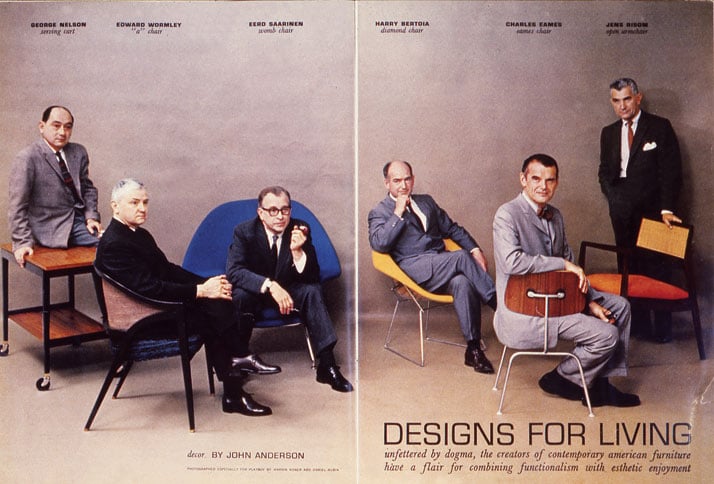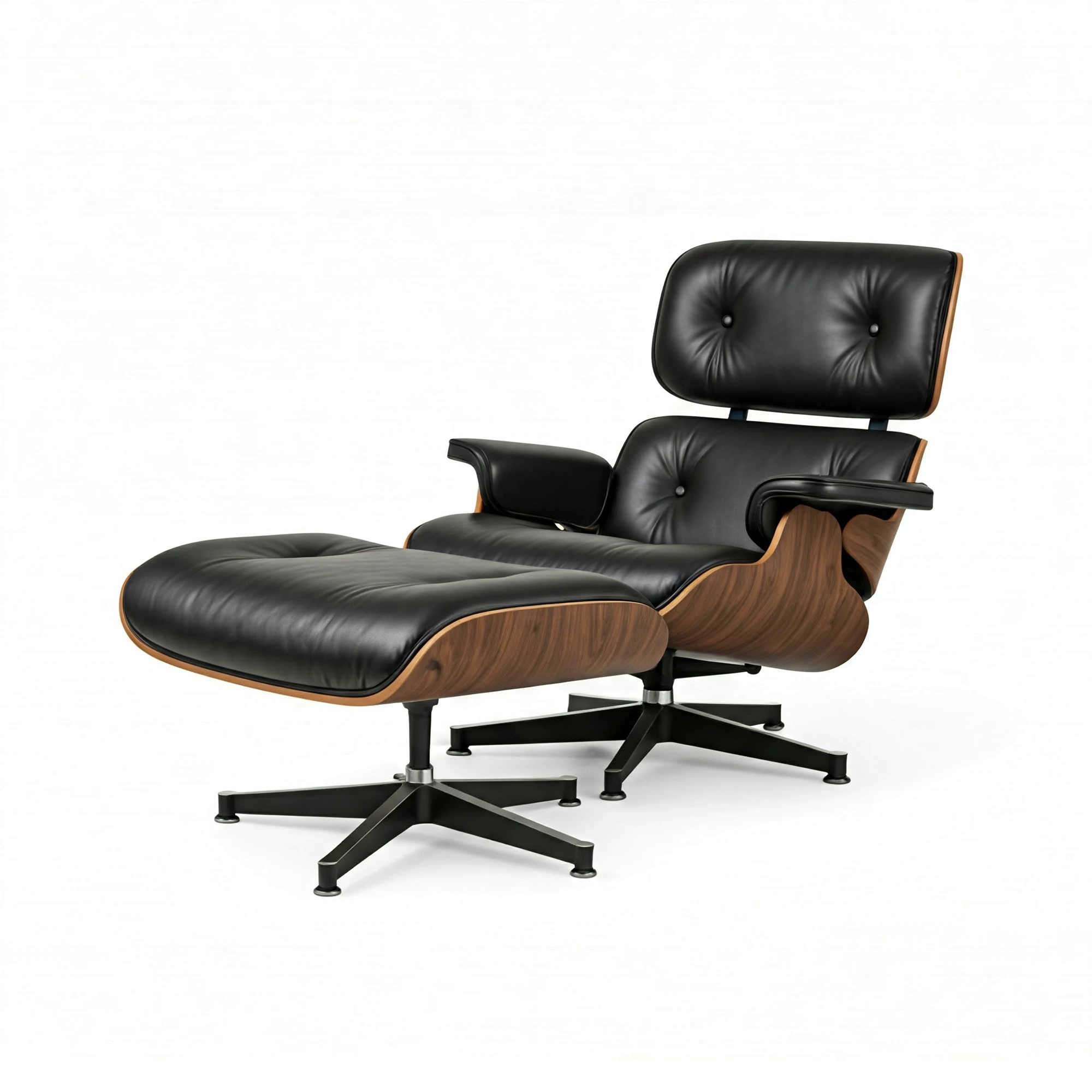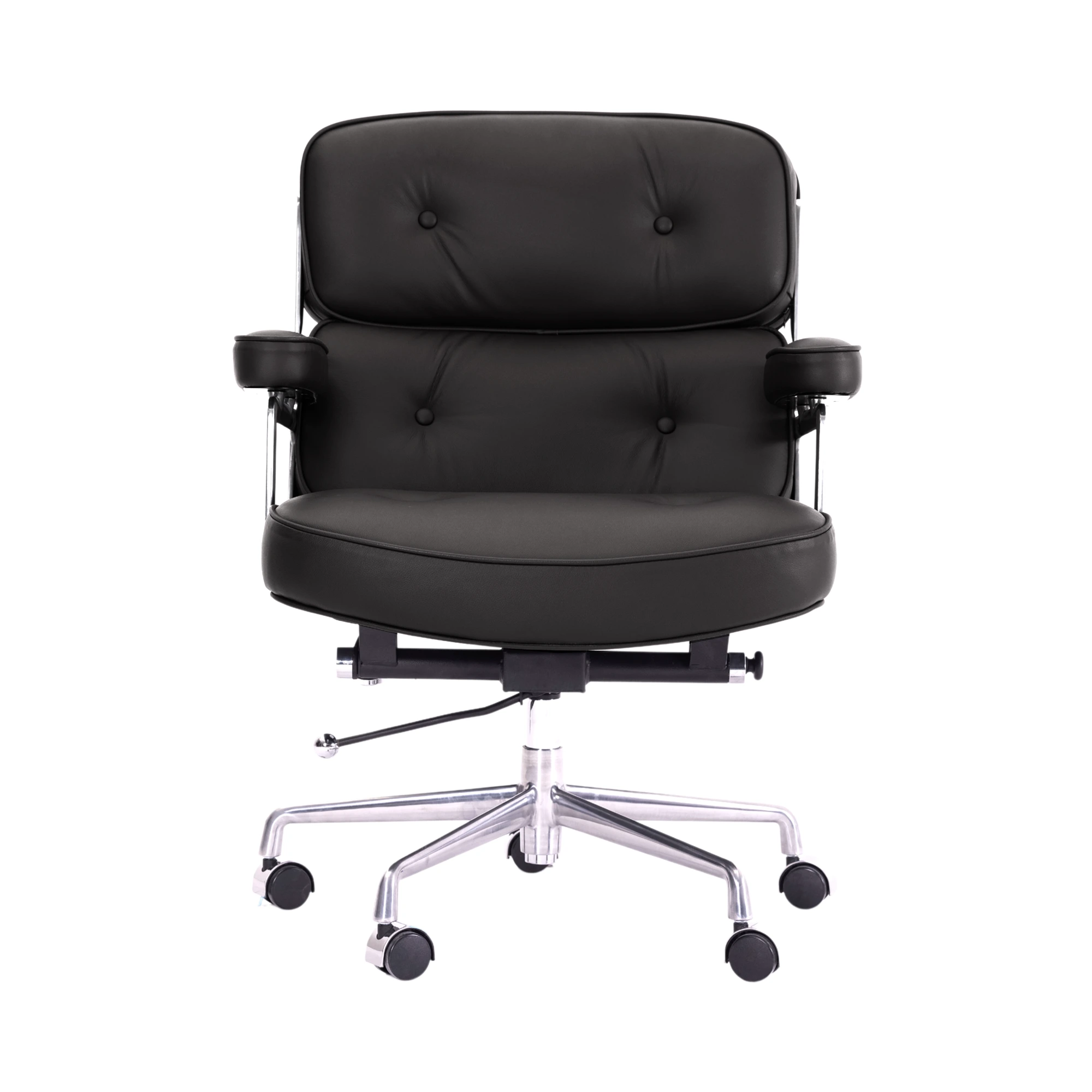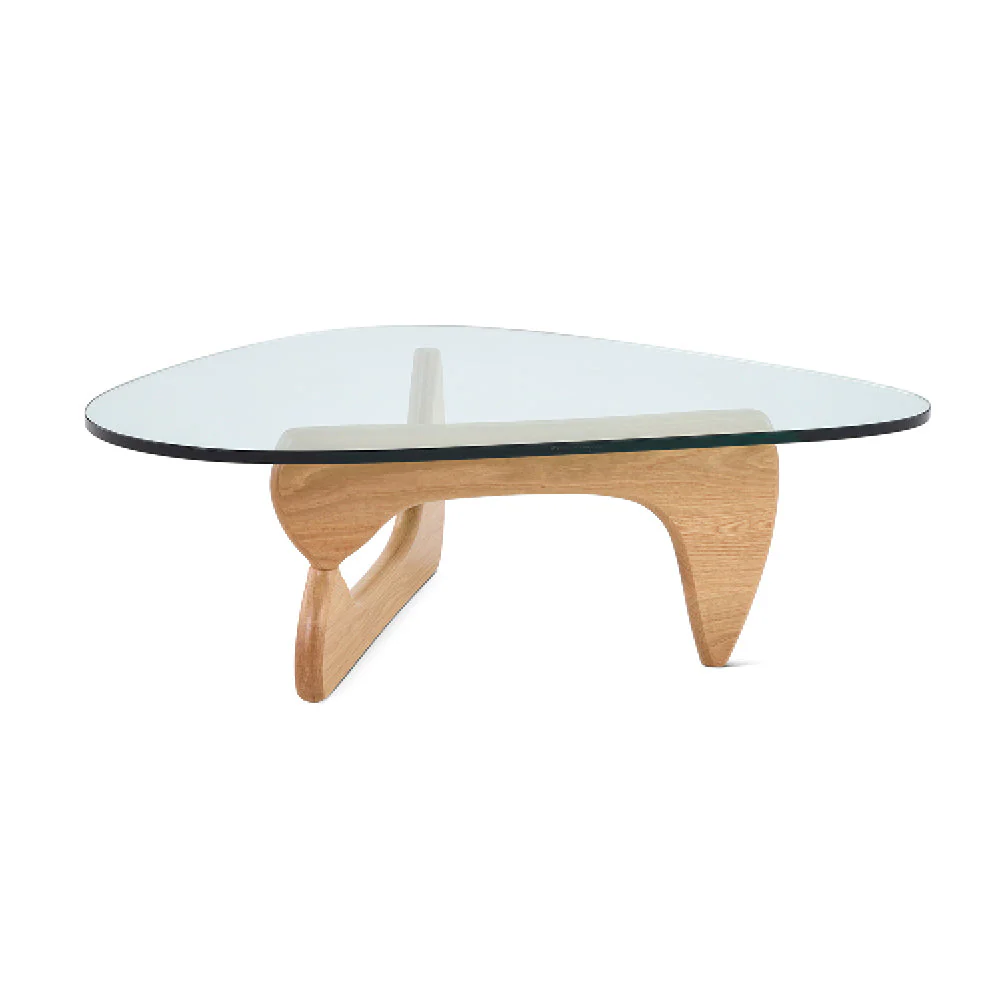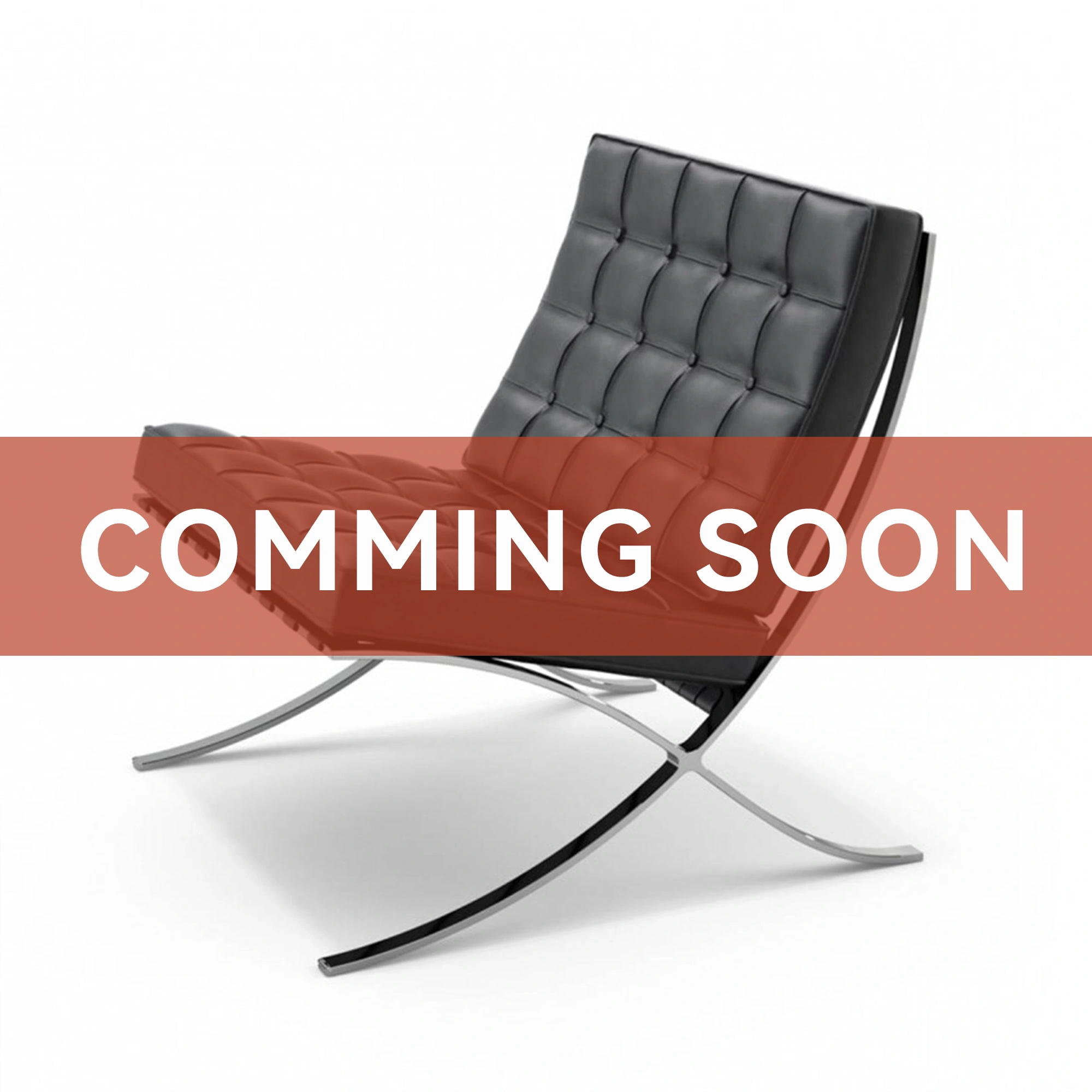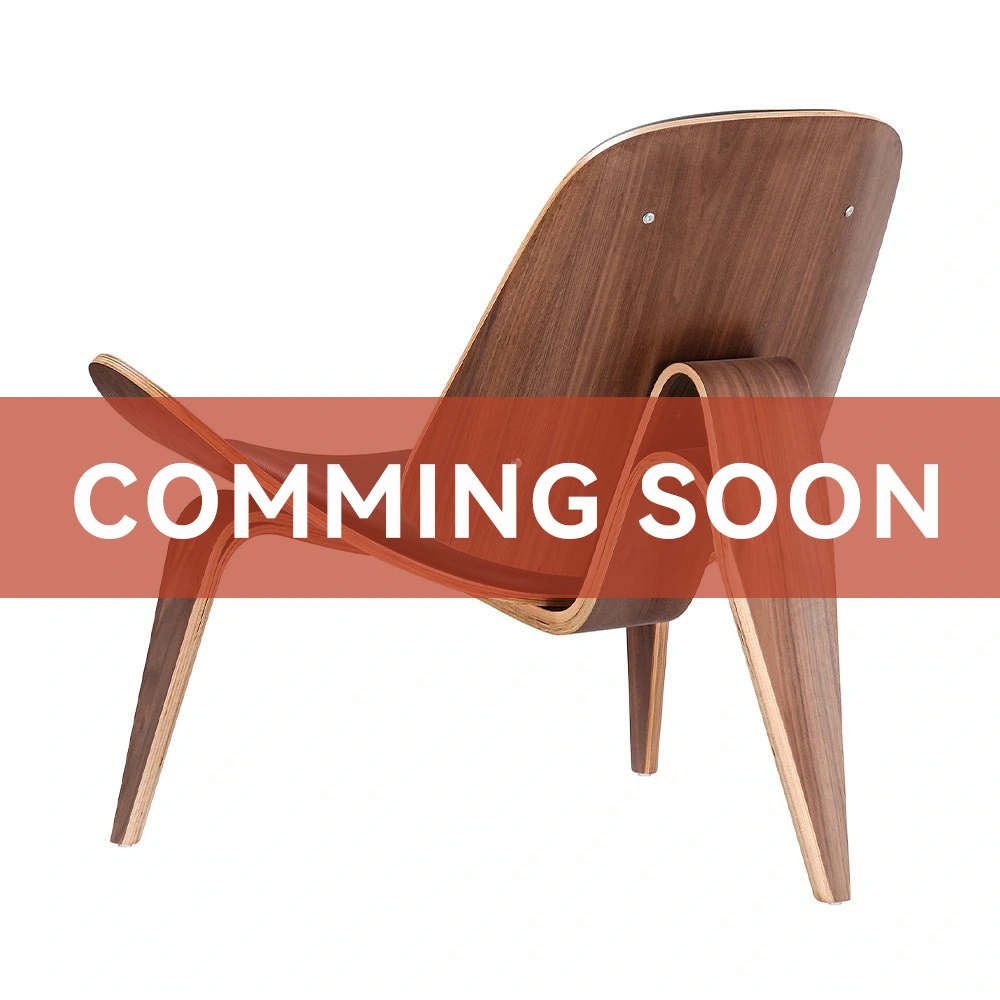The Office Chair Revolution: How the Eames Design Transformed the Modern Workplace
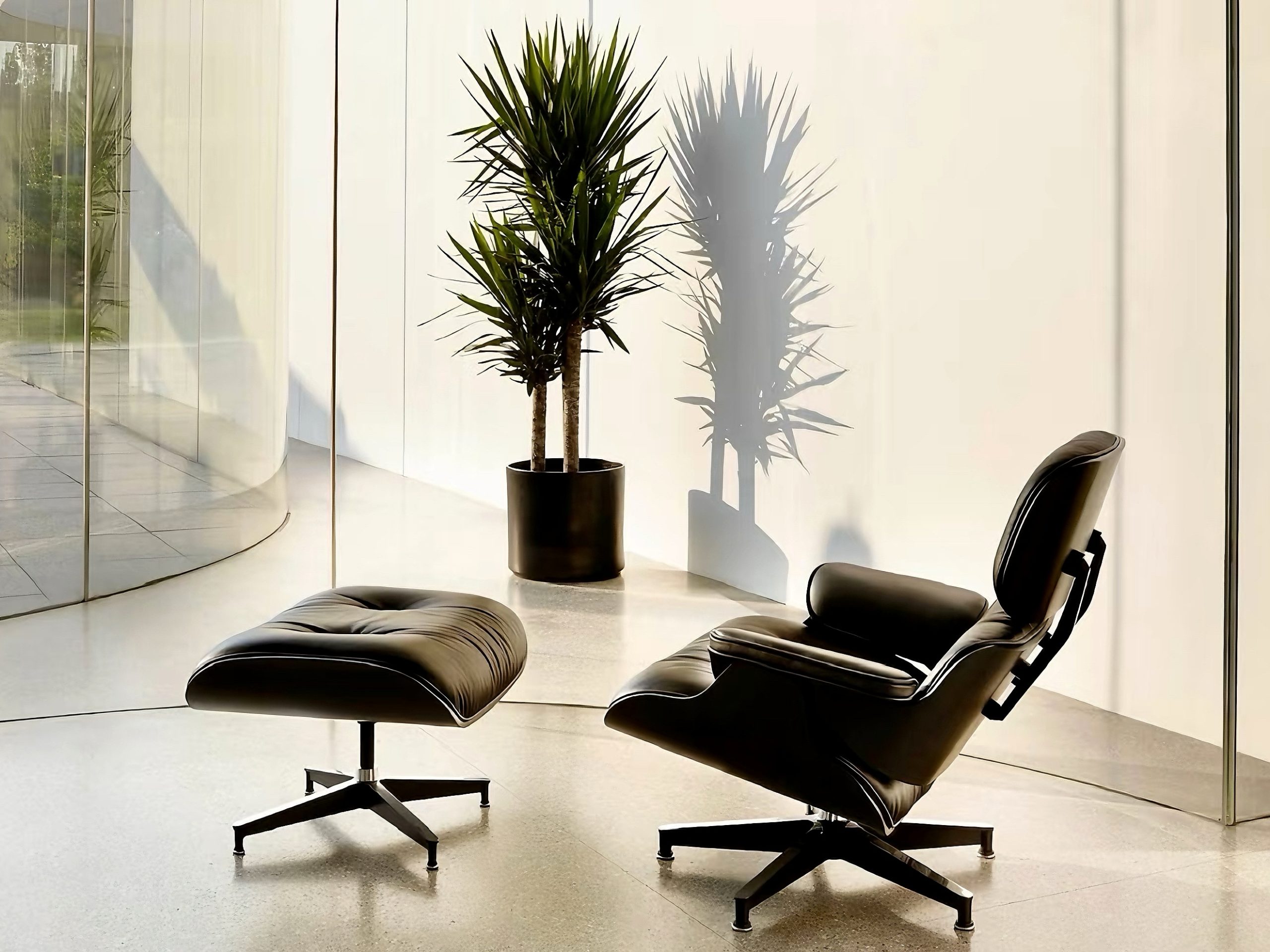
In the mid-20th century, as corporate culture began to prioritize efficiency and employee well-being, a quiet revolution was brewing—one that would redefine how we sit, work, and thrive in professional environments. At the heart of this shift was the Eames Office Chair, a design so groundbreaking that it reshaped not just office furniture, but the very ethos of the modern workplace. Here’s how Charles and Ray Eames’ iconic creation became a catalyst for change.
1. From Factory Floors to Corporate Cubicles: The Birth of a Design Icon
In 1958, the Eames Office Chair (officially the Eames Aluminum Group Chair) emerged as a response to a growing need: balancing industrial durability with human comfort. At the time, office chairs were often rigid, utilitarian relics of the factory era—designed for uniformity, not individuality. The Eameses, pioneers of mid-century modernism, saw an opportunity to humanize the workplace.
What the secret of the chair? A marriage of aerospace engineering and ergonomics. Inspired by the lightweight aluminum frames of aircraft seats, the design featured a sleek, heat-treated aluminum base paired with a molded plywood shell and cushioned upholstery. This combination delivered unparalleled support while adapting to the body’s natural movements—a radical departure from the static, one-size-fits-all chairs of the past.
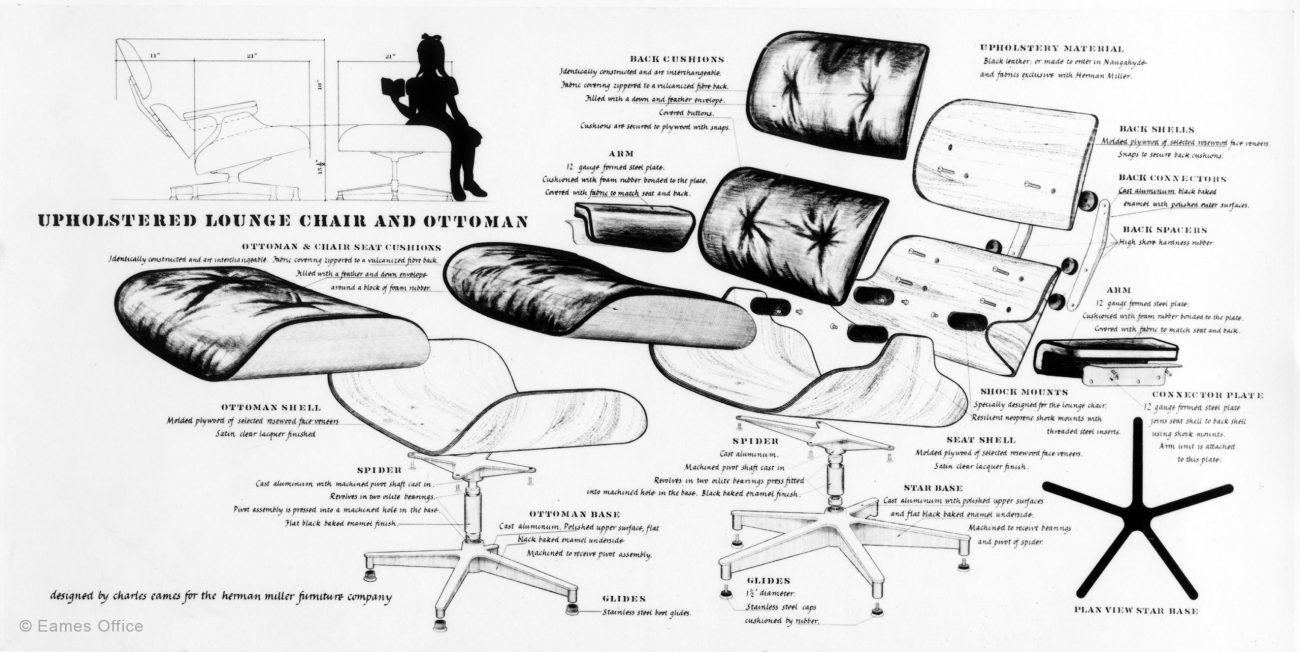
2. The Ergonomic Breakthrough: Science Meets Empathy
The Eames Office Chair wasn’t just comfortable—it was intelligently comfortable. Key innovations included:
Contoured Support: The seat’s fiberglass-reinforced shell cradled the spine, reducing lower back strain during long hours.
Dynamic Flexibility: The chair’s “tilt and swivel” mechanism allowed effortless movement, encouraging micro-adjustments that improved circulation and focus.
Breathable Materials: Mesh-backed variants (later popularized in the Eames Soft Pad Chair) prevented heat buildup, addressing a common discomfort in pre-air-conditioned offices.
These features weren’t just ergonomic advancements—they signaled a new respect for the human body in corporate settings. Studies soon linked such designs to reduced absenteeism and higher productivity, cementing the chair’s role as a workplace essential.
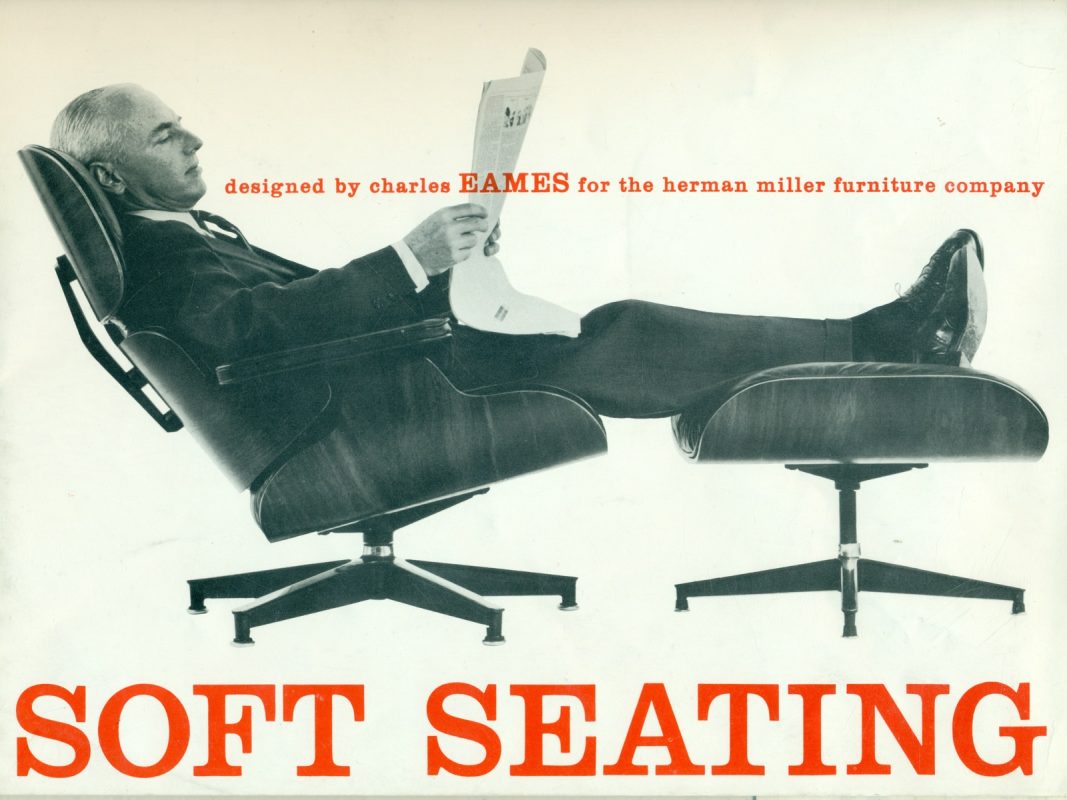
3. Aesthetic Democratization: Beauty in the Everyday Office
Before the Eames chair, office furniture was often an afterthought—clunky, impersonal, and visually oppressive. The Eameses challenged this norm by infusing the workplace with democratic design:
Sleek Silhouettes: The chair’s minimalist lines and polished metal base brought museum-worthy aesthetics to cubicles.
Customizable Options: From vibrant fabric upholstery to rich leather finishes, employees could personalize their chairs, fostering a sense of ownership and pride.
Space Efficiency: Its compact profile suited the open-plan offices emerging in the 1960s, proving that practicality and elegance could coexist.
This shift didn’t just elevate office interiors—it subtly boosted morale. As design critic Paul Goldberger noted, “A beautiful workspace tells employees they’re valued.”
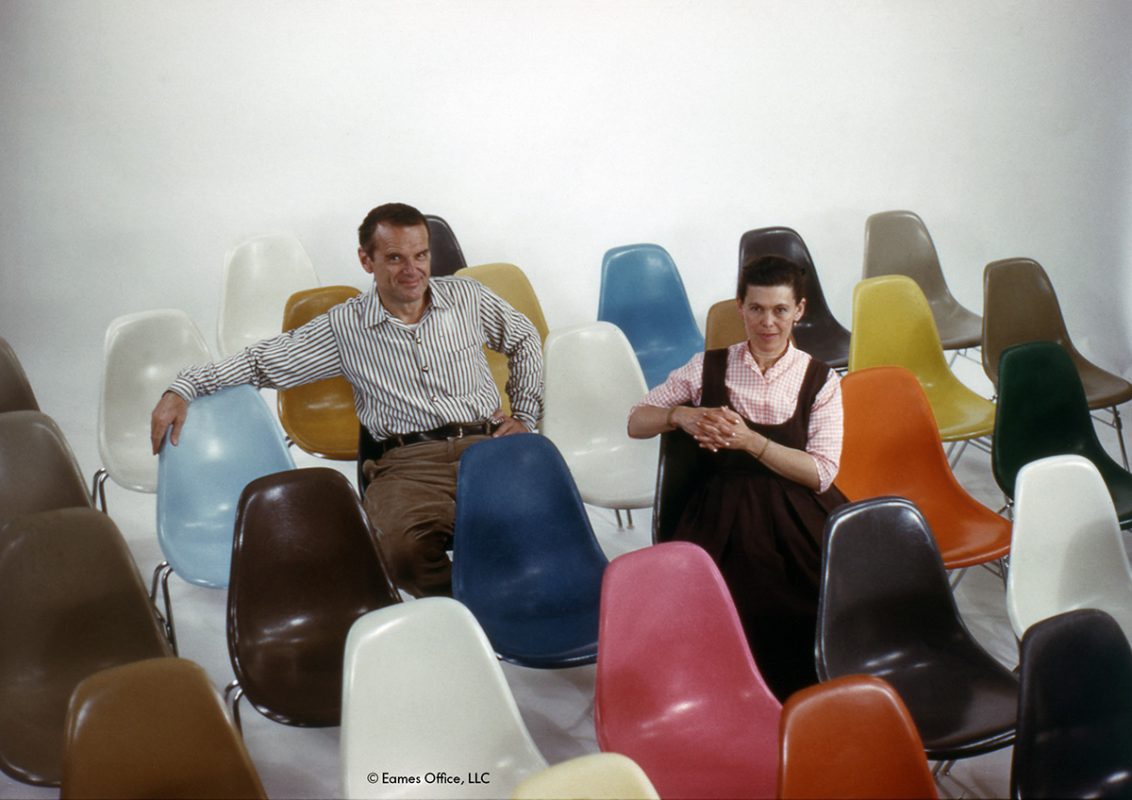
4. Legacy: How the Eames Chair Shaped Today’s Workplace
The ripple effects of the Eames Office Chair are everywhere in the 21st-century workplace:
Wellness Culture: Its ergonomic principles paved the way for standing desks, lumbar-support accessories, and employer-funded “comfort budgets.”
Hybrid Work: The chair’s adaptability inspires today’s multifunctional home-office furniture, blending professional rigor with domestic comfort.
Sustainability: The Eameses’ use of durable materials set a precedent for eco-conscious designs, like chairs made from recycled aluminum or renewable fibers.
Even tech giants like Apple and Google, known for their design-centric campuses, pay homage to the Eames legacy with open workspaces anchored by ergonomic, aesthetically bold seating.
More Than a Chair—A Cultural Shift
The Eames Office Chair didn’t just change how we sit; it changed how we think about work. By prioritizing empathy, adaptability, and beauty, it transformed offices from sterile productivity factories into spaces that honor humanity. In an era of burnout and “quiet quitting,” this revolution feels more relevant than ever.
